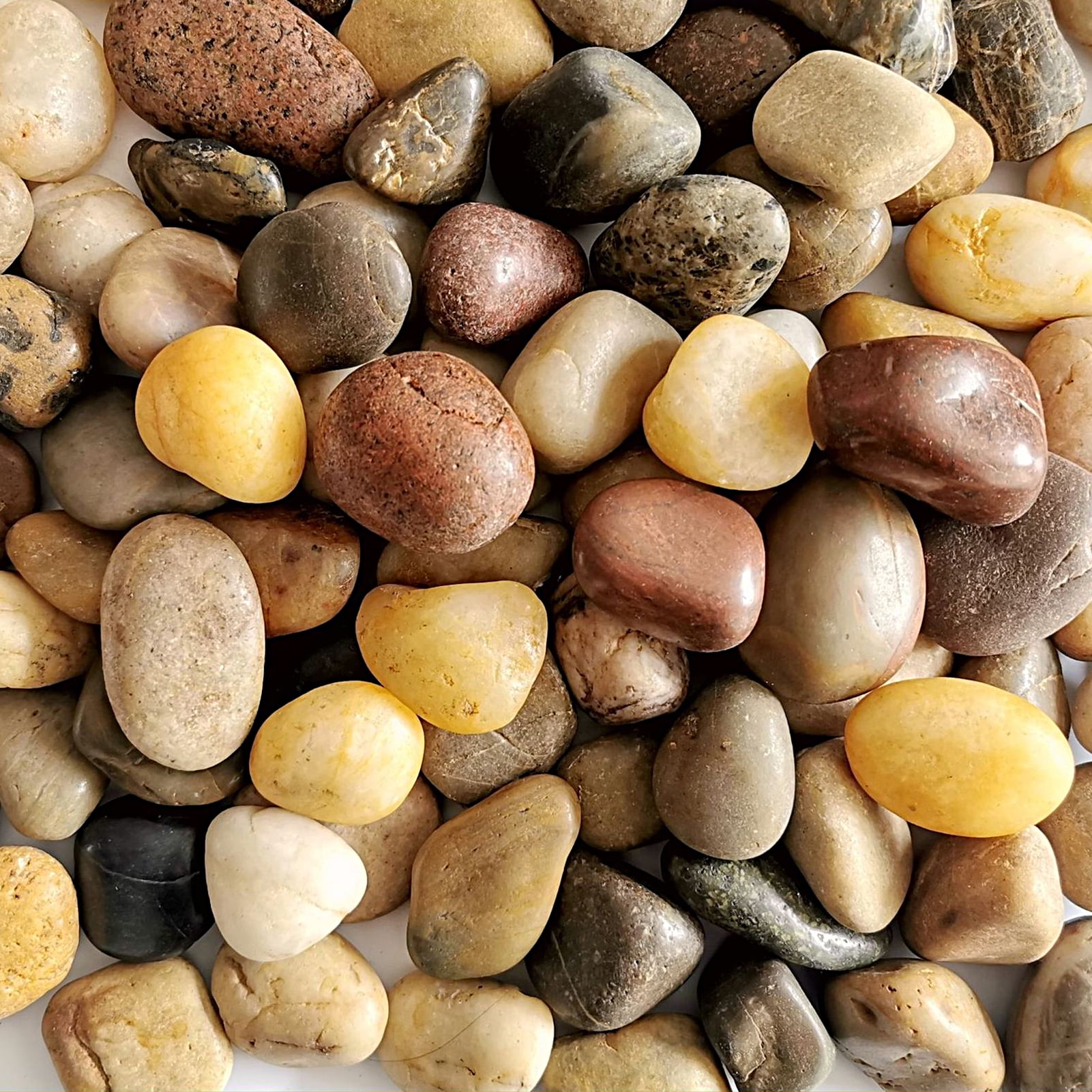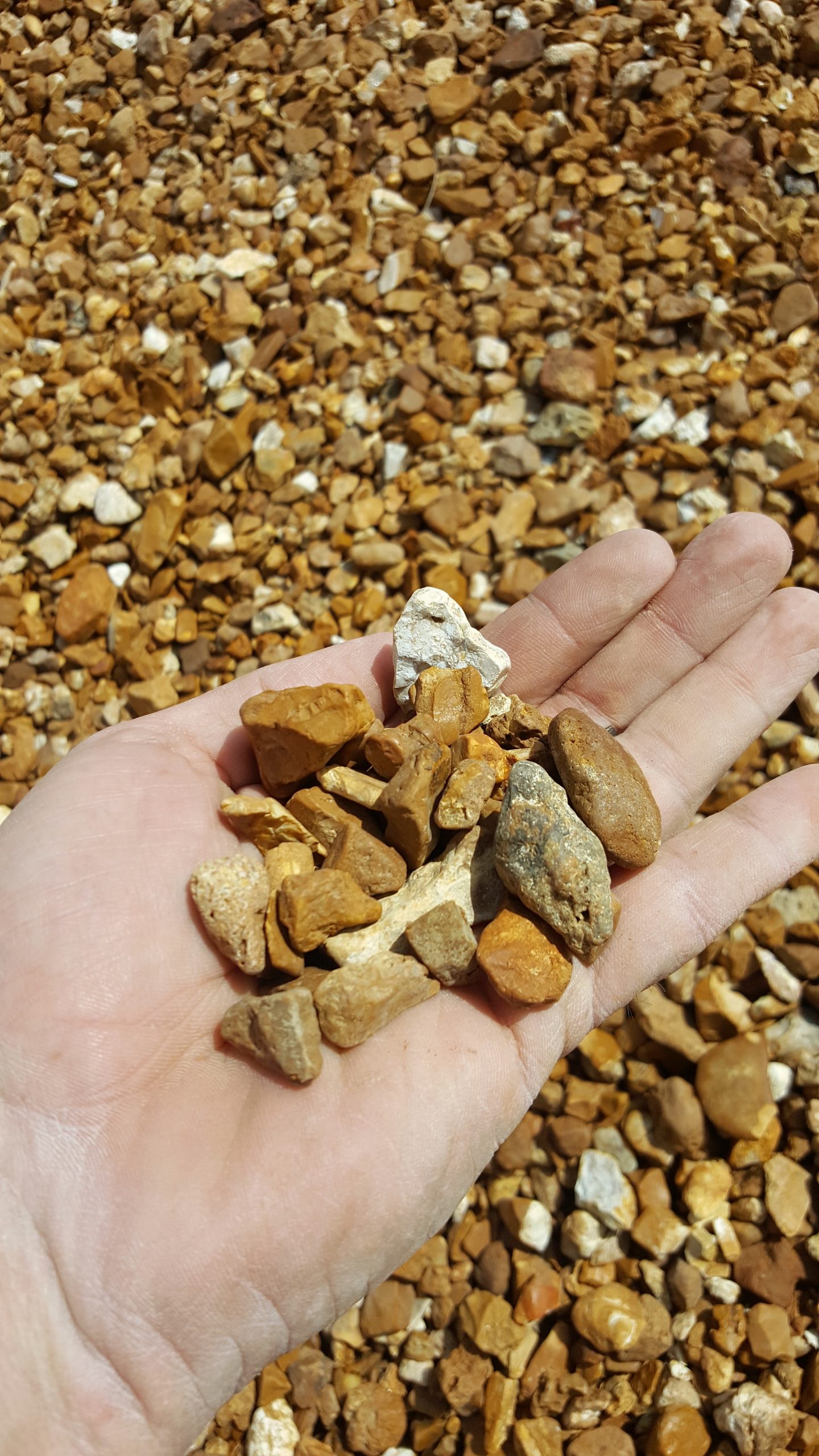As a passionate gardener and DIY enthusiast, I have always been fascinated by the versatility and aesthetic appeal of small decorative stones. Whether you’re looking to spruce up your garden, create a serene indoor space, or add a touch of elegance to your landscaping, these little gems can make a significant impact. In this comprehensive guide, we’ll explore everything you need to know about small decorative stones, including types, uses, and personal tips for incorporating them into your home and garden décor.
What Are Small Decorative Stones?
Small decorative stones, also known as gravel, pebbles, or stone chips, are naturally occurring minerals that have been shaped by time and weathering. They come in various sizes, colors, and textures, making them a popular choice for both outdoor and indoor decorative purposes. These stones can be used in landscaping, home décor, crafts, and more.
Types of Small Decorative Stones
When it comes to choosing small decorative stones, the options are practically endless. Below, you’ll find a detailed overview of popular types of decorative stones, their characteristics, and their best uses.
1. River Rocks
River rocks are smooth, rounded stones that have been naturally polished by water. They typically come in earth tones such as browns, greens, and grays.
- Uses: Best for ponds, water features, or as ground cover.
- Pros: Natural look, soft texture.
- Cons: Can be heavy, may shift in loose soil.
2. Crushed Stone
Crushed stone is made from larger rocks that have been mechanically broken down into smaller pieces. It is often angular and comes in various sizes.
- Uses: Ideal for driveways, pathways, and as a base for other landscaping projects.
- Pros: Durability, good drainage.
- Cons: Sharp edges can be uncomfortable underfoot.

3. Marble Chips
Marble chips are white or light-colored stones that add elegance and brightness to any area. They often have a polished look.
- Uses: Great for landscaping, decorative accents, and planters.
- Pros: Beautiful appearance, reflective surface.
- Cons: Can be more expensive than other options.
4. Lava Rocks
Lava rocks are volcanic stones that come in dark reddish-brown shades. They are lightweight and porous.
- Uses: Excellent for gardens, especially in xeriscaping.
- Pros: Good for moisture retention, lightweight.
- Cons: Limited color options.

5. Decorative Pebbles
These are small, smooth stones available in various colors and sizes. They are often used for indoor décor.
- Uses: Perfect for vases, centerpieces, and aquarium designs.
- Pros: Versatile, wide range of colors.
- Cons: Can be slippery when wet.
How to Use Small Decorative Stones in Your Garden
Incorporating small decorative stones into your garden can not only enhance its appearance but also improve functionality. Here are some of my favorite ways to use decorative stones:

1. Pathways and Walkways
Creating a stone pathway is both practical and attractive. Use crushed stone or river rocks to form a natural-looking trail through your garden.
2. Ground Cover
Instead of traditional mulch, consider using decorative stones as ground cover. They help retain moisture while providing a clean and polished look.

3. Centerpieces and Focal Points
Placing larger stones as focal points in your garden can create visual interest. Consider using a large decorative boulder or a cluster of unique stones.
4. Water Features
When designing a pond or water feature, small decorative stones can be used to line the edges or create a natural-looking border.

5. Container Gardens
Add a layer of small stones at the bottom of pots and containers for better drainage and to enhance the overall aesthetic.
Creative Indoor Uses of Small Decorative Stones
Decorative stones aren’t just for the outdoors! Here are some creative ways to incorporate them into your indoor space:

1. Decorative Vases and Bowls
Fill clear glass vases or bowls with decorative pebbles to create a stunning centerpiece. Add flowers or candles for a layered effect.
2. Aquariums and Terrariums
Use smaller stones as the substrate in aquariums or terrariums to create a natural environment.

3. Candle Holders
Surround candles with decorative stones on your coffee table or mantle to add warmth and texture.
4. Wall Art
Get creative by using painted stones or arranging small decorative stones in shadow boxes for unique wall art.
5. Table Settings
Incorporate stones into your table settings, using them as place card holders or decorative accents on your dining table.
Choosing the Right Decorative Stones
When selecting decorative stones, consider the following factors:
1. Color and Aesthetic
Choose stones that complement your existing décor and landscaping. Consider colors that will harmonize with your plants and other features.
2. Size and Texture
Different sizes and textures can dramatically change the feel of your space. Smooth, round stones tend to create a calming effect, while angular stones can give a more modern feel.
3. Purpose and Function
Think about what you want to achieve with your stones. Are they purely decorative, or will they serve a functional purpose as ground cover or drainage material?
| Stone Type | Color Options | Best Uses |
|---|---|---|
| River Rocks | Browns, greens, grays | Pond edges, paths |
| Crushed Stone | Gray, white, tan | Paths, driveways |
| Marble Chips | White, cream | Landscaping, decoration |
| Lava Rocks | Dark red, brown | Gardens, fire pits |
| Decorative Pebbles | Variety of colors | Indoor décor, aquariums |
Pros and Cons of Using Small Decorative Stones
As with any material, small decorative stones have their advantages and disadvantages. Here’s a quick rundown:
Pros
- Low Maintenance: Once placed, decorative stones require minimal upkeep compared to traditional mulch.
- Durability: Stones do not decompose or attract pests, making them long-lasting.
- Versatility: Suitable for various applications, both indoors and outdoors.
Cons
- Heavy: Depending on the type, stones can be difficult to transport and install.
- Cost: High-quality decorative stones can be expensive, especially when ordering in bulk.
- Movement: Loose stones may shift over time, requiring adjustments.
Frequently Asked Questions About Small Decorative Stones
1. What sizes do decorative stones come in?
Decorative stones can range from small pebbles (1/8 inch) to larger stones (over 2 inches). The choice depends on your project needs.
2. Can I use decorative stones in my aquarium?
Yes! Many decorative stones are safe for aquariums, but it’s essential to choose non-toxic, smooth stones to avoid harming fish.
3. How do I prevent weeds when using decorative stones?
To minimize weed growth, lay a landscaping fabric beneath the stones before installation. This will help block sunlight and restrict weed growth.
4. Are decorative stones environmentally friendly?
Yes, decorative stones are a sustainable choice, especially if they are sourced locally. They do not decompose and do not require chemical treatments.
5. How do I clean decorative stones?
Regular rinsing with a hose will help keep stones clean. For more stubborn stains, using a mild soap solution and a scrub brush can be effective.
Personal Experiences and Tips
In my own gardening journey, I’ve learned some valuable lessons about using decorative stones. One of my favorite projects was creating a zen garden in my backyard. I used different sizes of river rocks to outline the paths and create a calming ambiance. Not only did it enhance the overall aesthetic, but it also provided a tranquil space for relaxation and meditation.
When working with decorative stones, I recommend starting small. Experiment with various types and arrangements in container gardens or small areas before committing to a larger project. This approach allows you to see what works best for your style and space.
Conclusion
Small decorative stones are a fantastic way to add character, beauty, and functionality to your home and garden. With a variety of types and uses, the possibilities are endless. Whether you’re looking for a natural pathway, a stunning centerpiece, or an elegant border for your garden, these stones can truly elevate your space.
With the tips and insights shared in this article, I hope you feel inspired to explore the wonderful world of small decorative stones and find creative ways to incorporate them into your surroundings!
Happy decorating!